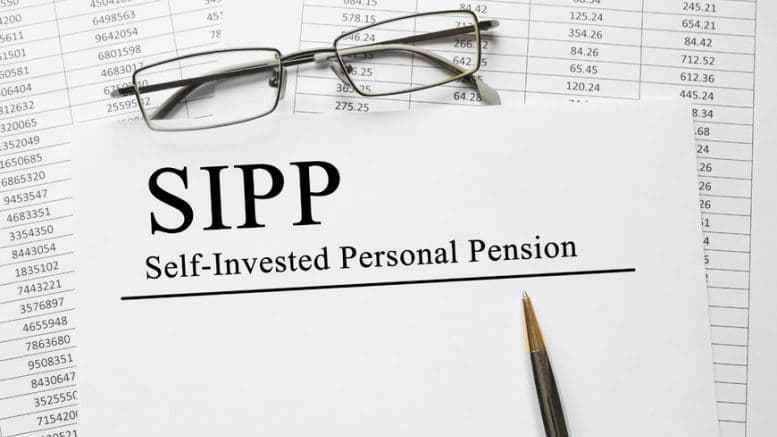By Ben Barlow
We are in the midst of a state pension crisis, and one that is set to impact on both the current and the next generations. This issue was exacerbated during the recent autumn statement, during which Chancellor Philip Hammond clamped down on existing pension freedoms by slashing the so-called ‘Money Purchase Annual Allowance’ (MPAA).
This has already begun to hit those aged 55 and above, as the amount that individuals can contribute to their funds has been reduced from £10,000 to just £4,000 once they have accessed their savings.
Introducing SIPPs: Top Investment Tips
With this and the stagnation of real wage growth in mind, it is crucial that you begin to think innovatively and strategically if you are to effectively save for your retirement. An answer might exist in the form of self-invested pension plans (SIPPs), which afford greater freedom to citizens and enables them to maintain control over their investments.
If you do invest in a SIPP, however, you will need to learn about this financial product first to ensure that you make informed and educated decisions. So, here are some key considerations when appraising SIPPs and individual investment ideas: –
Differentiate Between the Two Types of SIPP
In general terms, there are two types of SIPP. The first is referred to simply as a low-cost SIPP, which requires you to take full control of the assets that you select and their management. While the choice of investments is relatively restricted through this vehicle, its execution-only nature enables you to reduce costs and drive potentially higher returns.
The risks and limitations associated with this vehicle may encourage you to seek out a so-called ‘Full SIPP’, which offers a wider choice of investments and allows you to leverage the insight of knowledgable wealth managers. This can minimise risk and increase profits, although full SIPPs do come with higher charges and commission fees.
SIPPs providers like Bestinvest sell their products on the back of their flexible nature, and this appeals to those approaching retirement as they have worked hard for their money and wish to make the most from this. After all, SIPPs do not limit your investment choice like standard pension plans, while they can also drive higher rates of return over time.
As a note of caution, however, it is important to remember that such flexibility comes with a heavy responsibility. Unless you have some existing knowledge of investment markets and their various asset classes (or at least happy to assume responsibility for researching these and selecting your own investment options), you will struggle to create a lucrative SIPP and manage this over time.
Do Not Be Blinded by the Accessibility of SIPPs
One of the advertised benefits of opening a SIPP is that this type of pension plan can be managed entirely online. This instantly reduces the costs associated with the phone and postal services also provided by companies, while it also means that investments can be bought and sold in real-time and at the click of a single button.
While this is considered as a huge positive in the digital age, however, it can lead to impulsive decision making and the type of transactions that place your capital at risk. So, strive to maintain a measured approach when managing your SIPP, while leveraging your service provider’s advice and in-built tools to optimise the impact of real-time transactions.


Be the first to comment on "Top tips and advice for investing in SIPPs"